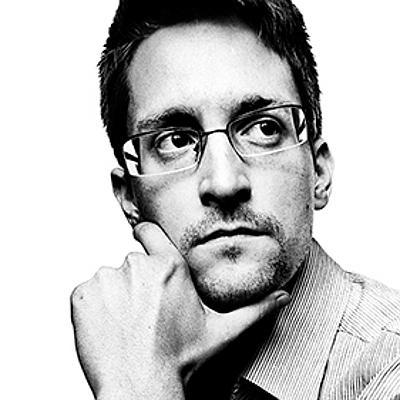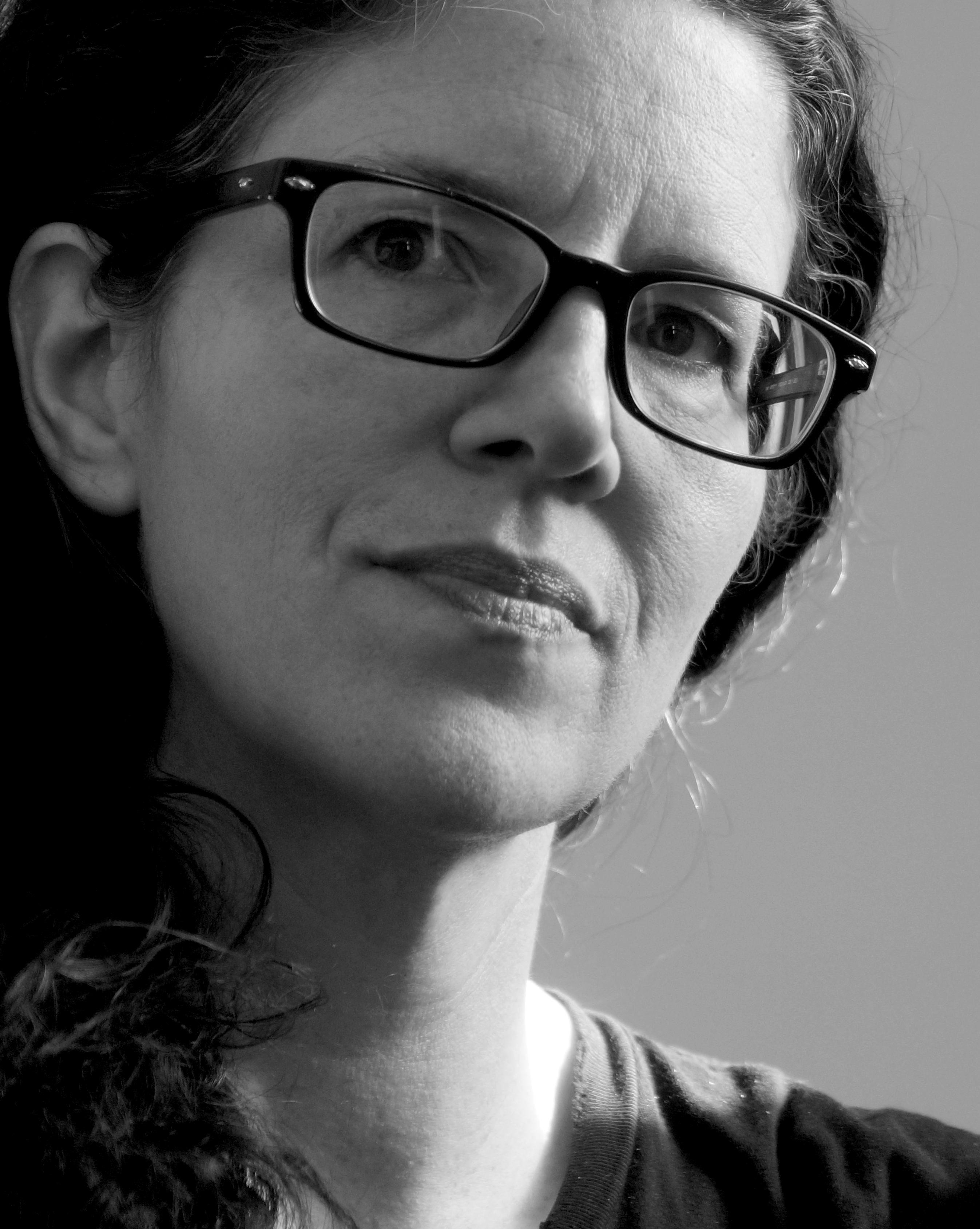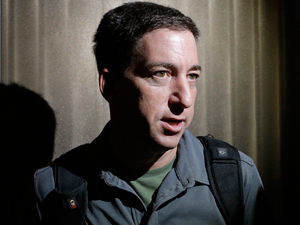6G5Z3006 Number Theory and Cryptography
Options talk by Dr Killian O'Brien
MMU, Feb 2018
The unit
- Number Theory (Dr Killian O'Brien)
- Cryptography (Dr Jon Borresen)
- 3 hours lecture + 1 hour tutorial per week
- Coursework problems (30%), Examination (70%)
- Popular unit (49 students in 14/15) with good ISS results
In a nutshell
Number Theory
- The study of the integers
ℤ = {…−3, −2, −1, 0, 1, 2, 3, …} - Of fundamental importance are the primes
2, 3, 5, 7, … - Nice mixture of proof oriented theoretical work and algorithmic methods
Cryptography
- The science/art of transforming text so that it can only be read by selected recipients.
- Often in connection to military/industrial/political/... secrets.
- Universally and intensively used in modern computer network communications.
Software
A quick tour of some highlights from the unit
Integers in the news
What's so special about ... ?
- 77, 232, 917
- 277, 232, 917 − 1
The 50th known Mersenne prime found by the GIMPS project.
Open conjecture or tutorial problem?
- There are infinitely many prime numbers.
- 2n − 1 can only be prime when n is prime.
- There are infinitely many 2n − 1 which are prime.
Some Python SageMath code
The following SageMath code finds the first few Mersenne primes. See the results
for p in prime_range(1,10^2):
if is_prime(2^p - 1):
print(p)
print(2^p -1)Open conjecture or tutorial problem?
- There are infinitely many primes p for which p + 2 is also prime, i.e. narrow steps on the π staircase.
- For any integer n ≥ 1 there are infinitely many gaps of at least length n between consecutive primes, i.e. wide steps on the π staircase.
Classical vs. modern cryptography
Classical
- Topics include mono- and poly-alphabetic substitution ciphers.
- Classical cryptography required prearranged secrets between sender and recipient.
- Can be broken with the aid of frequency analysis and these vulnerabilities.
Modern
- Crypto systems based on number theoretic concepts.
- Prearranged secrets no longer required, so called Public Key Cryptography.
- Enables secure mass communication between anyone across public non-secure networks.
- Increasingly important application in crypto-currency such as Bitcoin
Who is this?
Who was that?
- Edward Snowden, former worker for the CIA and NSA.
- In 2013, he fled the USA, briefly staying in Hong Kong before securing temporary asylum in Russia.
- Has passed many thousands of classified files from the NSA, GCHQ and other intelligence agencies to journalists.
- These revelations concern global surveillance programs carried out by these agencies on the public.
CitizenFour movie
How did Snowden make secure contact with journalists he had never met?

|

|

|

|